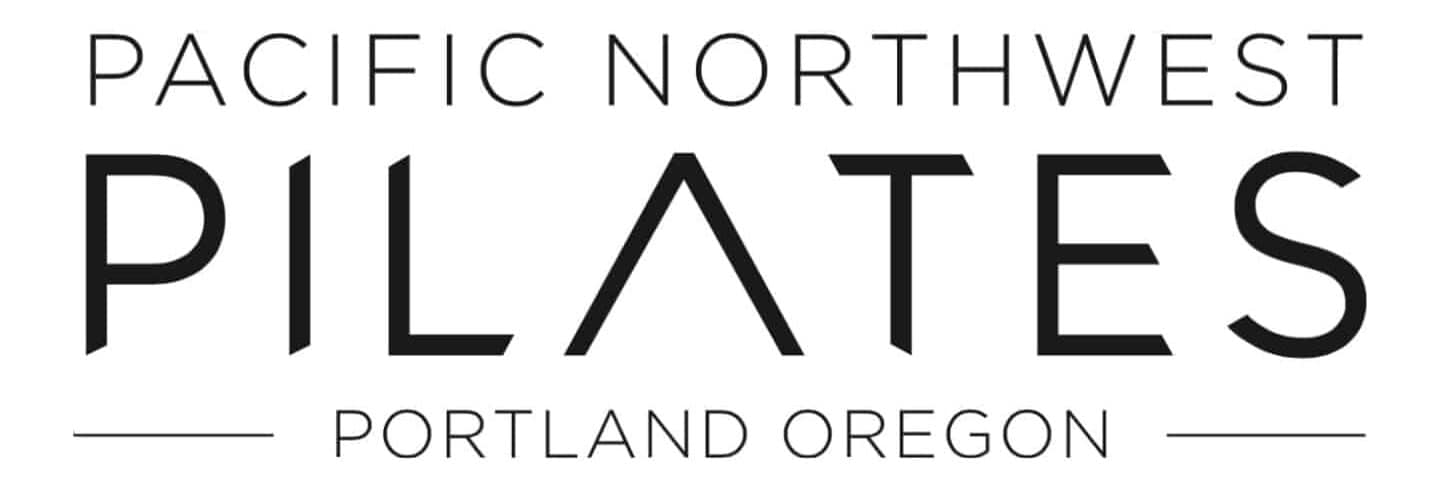There are many benefits to staying active and exercising during pregnancy. According to the American College of Obstetricians and Gynecologists (ACOG), 150 minutes of moderately intense weekly exercise is beneficial for weight and muscle tone management, reducing fatigue, reducing pain and improving mood.
In a recent interview, we asked our STOTT PILATES instructor team a few questions about working with Moms-to-be and if they could give some advice to women practicing Pilates during pregnancy and offer some words of wisdom to Pilates instructors who teach prenatal Pilates.

1. What’s one key thing you’d like women to know about doing Pilates while pregnant?
The most important advice is for them to change their focus and intention. Conditioning is no longer about developing flat abs and getting great cardio challenge. The goals when pregnant are to develop or maintain strength and endurance for the duration of the pregnancy. This helps to prepare for the birth process, and most importantly, for postpartum conditioning.
2. What physiological changes should prenatal women be aware occur during pregnancy?
During pregnancy many changes occur. For example, the abdominals become elongated and are needed to support the woman’s spine as her center of mass shifts, a change which tends to pull the spine into a lordosis. In addition, the release of relaxin, the hormone produced during ovulation and pregnancy, contributes to laxity of all the joints and makes collagen more pliable—increasing the extensibility of connective tissue and ligaments. This often affects the pubic symphysis and sacrotuberus ligaments compounding the forces on the spine and sacroiliac joints.
3. Are there things women can do to help counteract the physiological challenges and changes that occur during pregnancy?
Pregnancy is a time for seeking balance in the body and for doing movement that is ease-filled, centered and necessary to develop functional strength. A good exercise routine, like Pilates, will take Moms successfully through labor and into motherhood. Most importantly, women who are pregnant should learn how to manage intra-abdominal pressure through breath and body awareness—this becomes increasingly important as women enter into the second and third trimesters (after 27 weeks), and are skills that women can use to reduce pain and improve their chances of a quicker recovery post-pregnancy.
4. While giving natural birth the mother will need a lot of strength. Which muscles should be particularly strengthened during prenatal Pilates sessions to support labor and to prepare their body for motherhood?
Having a truly strong, supple, and balanced body is what you need for labor. There’s no need to practice bearing down or bracing for the contraction phase; You must be able to let the pelvic floor relax and open for safe passage of the baby. Also, childbirth requires great hip and intrapelvic mobility, so when it comes to preparing for labor, women need dynamic strength and endurance in their hips, legs, arms and upper back. Postpartum a women will need strong upper back for feeding and carrying, strong back, abs and gluteals for bending down, carrying the child and all transfers in and out of cars and baby carriages etc.
5. After giving birth, which are the first exercises that a woman can start to practice as the very first steps of recovery? How soon can / should these be started, if there were no complications during labor?
The new mom should be up and walking very soon after delivery. The return to easy exercise can begin 7-10 days postpartum if she had a natural labor with no complications; exercise strengthening must wait several weeks beyond that. Moms must wait longer to do traditional exercise if they had a c-section, episiotomy or other complication; at that point the return to exercise must be more considered and specific.
Want to learn more about Pilates and pregnancy?
STOTT PILATES® Prenatal Matwork with Stability Ball and Flex-band —ONLINE!
Friday, April 8, 1:30 PM —3:30 PM PST
Register HERE

